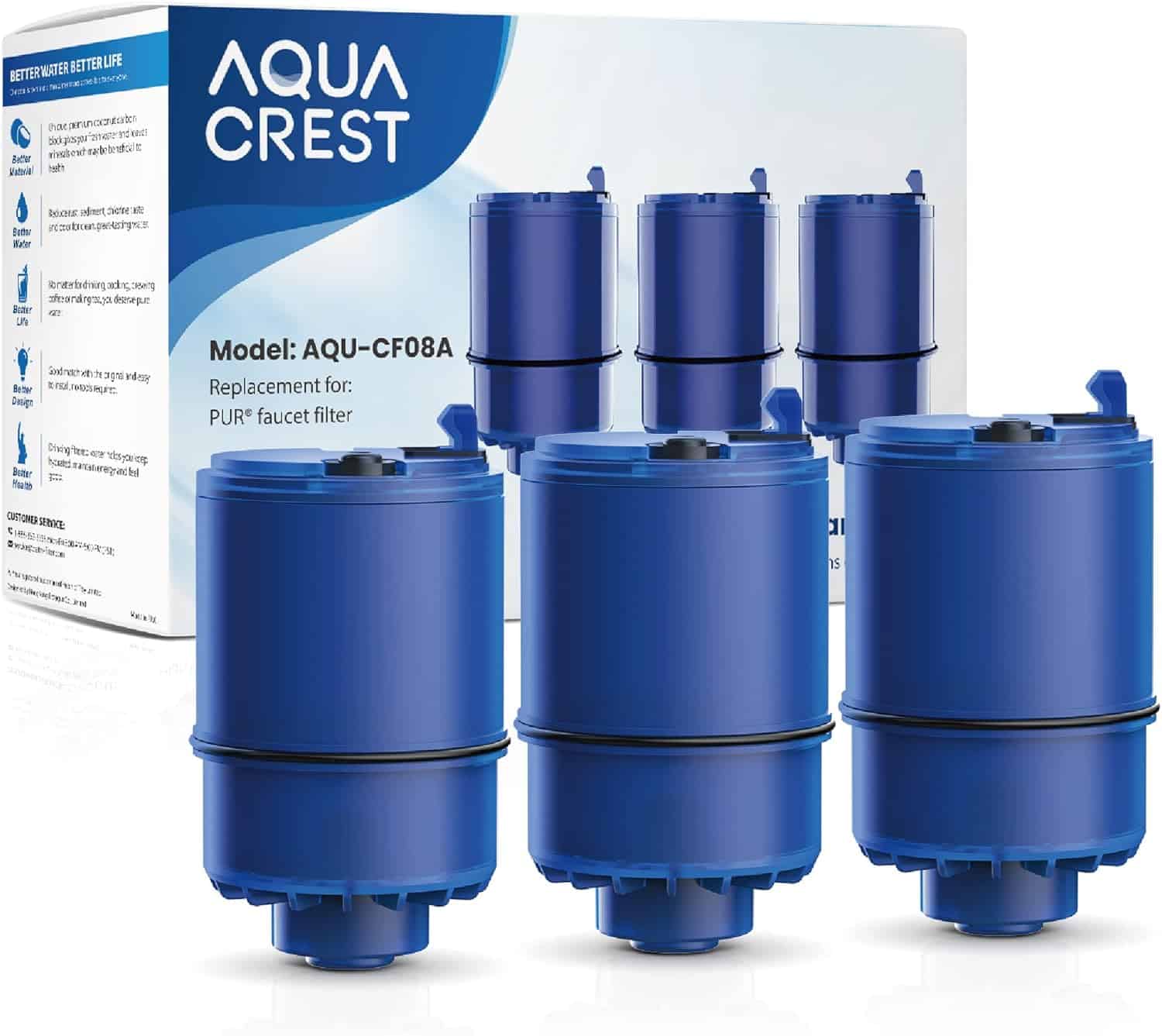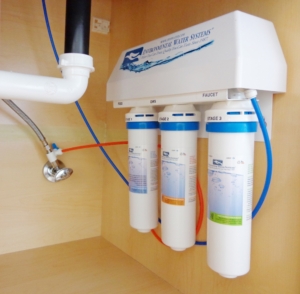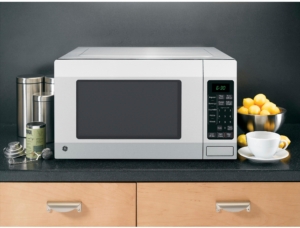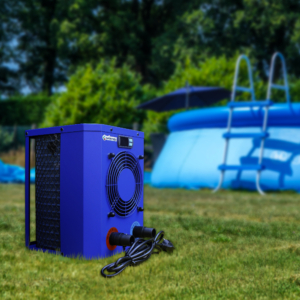The Ultimate Guide to Induction Cooktops:
Everything You Need to Know

Welcome to a world of cooking that’s quick, safe, and energy-efficient. We’re talking about the induction cooktop. This modern kitchen gadget uses magnetic fields to heat up your pots and pans. It’s a game-changer that brings speed and precision to your culinary exploits.
So, what is an induction cooktop? It’s a type of stove that uses electromagnetic energy to cook your food. Unlike traditional gas or electric stoves, it doesn’t heat up the entire surface. Instead, it directly heats the pot, making it a safer and more efficient option.
If you’re thinking about upgrading your kitchen, this introduction to induction cooktops is for you. We’ll go over what makes them unique, their benefits, and how they can elevate your cooking experience. So, buckle up and get ready to dive into the exciting realm of induction cooking.
What is an Induction Cooktop?
An induction cooktop is a modern and innovative kitchen appliance that uses electromagnetic technology to cook food faster and more efficiently than traditional gas or electric stoves. It utilizes magnetic fields to directly heat the cookware, eliminating the need for an open flame or a hot coil.
How Does an Induction Cooktop Work?
Unlike gas or electric stoves, which transfer heat indirectly to the cookware through an open flame or a heated coil, an induction cooktop generates an electromagnetic field that directly heats the cooking vessel. This is achieved through the use of an induction coil located beneath the ceramic surface of the cooktop.
When an induction-compatible pot or pan is placed on the cooktop, the electromagnetic field induces an electric current within the cookware. This current then generates heat, which in turn cooks the food inside the vessel. The heat is produced only within the cookware, making the surrounding surface of the induction cooktop relatively cool to the touch.
Benefits of Using an Induction Cooktop
Induction cooktops offer several advantages over traditional cooking methods. Here are some key benefits:
- Speed and Efficiency: Induction cooktops heat up significantly faster than gas or electric stoves, allowing you to start cooking your meals more quickly. They also provide instant temperature adjustments, allowing for precise cooking control.
- Safety: Since induction cooktops do not have an open flame or a hot coil, they are considered safer to use. The cooktop surface remains cool to the touch, reducing the risk of accidental burns. Additionally, most induction cooktops have built-in safety features such as auto shut-off and child lock functions.
- Energy Efficiency: Induction cooktops are highly energy-efficient. The electromagnetic technology used in these cooktops ensures that heat is directly transferred to the cookware, minimizing heat loss and saving energy in the process.
- Easy to Clean: The smooth and flat surface of an induction cooktop makes it easy to clean. Since the surface does not become hot, spills and splatters are less likely to stick and harden. A simple wipe with a damp cloth is usually sufficient to keep the cooktop looking clean and shiny.
- Precise Temperature Control: Induction cooktops offer precise temperature control, allowing you to cook your food with accuracy. This makes them ideal for tasks that require specific heat levels, such as simmering delicate sauces or melting chocolate.
How Does an Induction Cooktop Work?
An induction cooktop is a modern and efficient kitchen appliance that has gained popularity in recent years. Unlike traditional gas or electric stovetops, an induction cooktop uses a fascinating scientific principle called electromagnetic induction to heat up your pots and pans. In this section, we will explore the magnetic fields and induction, as well as the heating process on an induction cooktop.
Magnetic Fields and Induction
To understand how an induction cooktop works, we first need to delve into the concept of magnetic fields. Simply put, a magnetic field is an invisible force that surrounds a magnet or a conductor carrying an electric current. When two magnets approach each other, their magnetic fields interact, either repelling or attracting each other.
In the case of an induction cooktop, the cookware you place on the surface of the cooktop becomes the conductor. When you turn on the cooktop, an electric current flows through a coil of copper wire underneath the cooking surface. This creates a rapidly changing magnetic field.
Now, here’s where the magic happens. According to the principles of electromagnetic induction, when a magnetic field intersects with a conductor, it induces an electric current to flow through the conductor. In the case of an induction cooktop, this current generates heat within the cookware itself, allowing you to cook your food.
Heating Process on an Induction Cooktop
The heating process on an induction cooktop is both efficient and precise. When you place a compatible pot or pan on the cooktop, the magnetic field from the coil underneath the surface penetrates the bottom of the cookware. This magnetic field creates an electric current within the cookware, which in turn generates heat.
Unlike traditional gas or electric stovetops, where heat is transferred from the burner to the cookware, induction cooktops heat the cookware directly. This means that the cookware heats up rapidly, reducing the time it takes to bring water to a boil or cook your favorite meals.
Additionally, induction cooktops offer precise temperature control. The cooktop itself does not get hot; only the cookware does. This allows for immediate heat adjustments as you increase or decrease the temperature settings. The responsive nature of induction cooking ensures that you have full control over your cooking process, whether you want to simmer, sauté, or sear your ingredients.
Advantages of Using an Induction Cooktop
When it comes to modern cooking technology, induction cooktops are gaining popularity for their numerous advantages over traditional gas or electric stoves. In this section, we will explore three key benefits of using an induction cooktop: Energy Efficiency, Faster Cooking Times, and Safety Features.
Energy Efficiency
One of the major advantages of induction cooktops is their exceptional energy efficiency. Unlike gas or electric stoves that generate heat indirectly, induction cooktops use electromagnetic fields to directly heat the cookware. This means that the heat is generated only where it is needed – in the pot or pan – resulting in minimal heat loss and energy waste.
By utilizing this direct heat transfer method, induction cooktops can heat up significantly faster than other types of stoves, saving both time and energy. In fact, studies have shown that induction cooktops are up to 90% more energy efficient compared to traditional electric stoves. So if you’re conscious about reducing your carbon footprint and saving on your energy bills, an induction cooktop is the way to go.
Faster Cooking Times
Another advantage of induction cooktops is their ability to provide faster cooking times. Due to the direct heat transfer mechanism, induction cooktops can heat up your cookware much quicker than gas or electric stoves. This means that you can start cooking your favorite dishes in no time, allowing you to spend less time in the kitchen and more time enjoying your meals with family and friends.
The rapid heating capabilities of induction cooktops also contribute to more precise temperature control. You can easily adjust the heat levels with precision, ensuring that your food is cooked to perfection every time. Whether you need to bring water to a boil or simmer a delicate sauce, the responsiveness of induction cooktops allows for precise temperature changes, resulting in better cooking outcomes.
Safety Features
Safety is a paramount concern in any kitchen, and induction cooktops excel in this area as well. Unlike gas stoves, induction cooktops don’t have open flames or exposed heating elements. This significantly reduces the risk of accidental burns or fires, making them a safer option for households with children or pets.
Additionally, induction cooktops have built-in safety features that provide peace of mind while cooking. Most models are equipped with automatic shut-off mechanisms that turn off the heat when no cookware is detected or when the cooking time exceeds a certain limit. This ensures that your cooktop doesn’t stay on unattended, reducing the risk of accidents.
Common Features of Induction Cooktops
Induction cooktops are becoming increasingly popular in modern kitchens due to their efficiency and precise cooking capabilities. In this section, we will explore some common features that make induction cooktops stand out from traditional gas or electric ranges. Let’s delve into the key features that you can expect when using an induction cooktop.
Temperature Control
One of the most notable advantages of induction cooktops is their exceptional temperature control. Unlike gas or electric stovetops, induction cooktops offer precise and instant heat adjustments. You can easily set the desired temperature for your cooking needs, ensuring consistent results every time.
With induction cooktops, you have the ability to fine-tune the heat from low to high levels, giving you the flexibility to simmer delicate sauces or sear meats to perfection. The responsive nature of induction technology allows you to make quick adjustments, providing you with better control over your cooking process.
Timer Function
Another convenient feature found in many induction cooktops is the built-in timer function. This allows you to set a specific cooking time for your dishes, so you can focus on other tasks without worrying about overcooking or undercooking your food.
Whether you need to keep track of boiling pasta, simmering soups, or baking in the oven, the timer function on your induction cooktop can be a helpful tool. It ensures that your food is cooked for the right amount of time, promoting consistency and preventing any guesswork.
Child Lock
Safety is always a top priority, especially in homes with young children. Induction cooktops often come equipped with a child lock feature, providing an added layer of security and peace of mind.
By activating the child lock function, you can prevent accidental or unauthorized use of the cooktop. This feature ensures that little hands won’t accidentally turn on the burners or make adjustments to the settings, minimizing the risk of accidents.
Factors to Consider When Buying an Induction Cooktop
When it comes to choosing an induction cooktop for your kitchen, there are several factors that you should consider. From the size and number of burners to the power levels and wattage, as well as the control panel and user interface, each of these elements in determining the functionality and usability of your cooktop. Let’s take a closer look at each factor to help you make a well-informed decision.
Size and Number of Burners
The size and number of burners are important considerations when buying an induction cooktop. Assess your cooking needs and the available space in your kitchen to determine the ideal size and number of burners for you. If you often cook multiple dishes at once or entertain guests frequently, a cooktop with more burners might be a suitable choice. On the other hand, if you have limited counter space or have a smaller household, a cooktop with fewer burners could be more practical.
Power Levels and Wattage
Power levels and wattage are aspects of an induction cooktop as they determine how quickly and efficiently it can heat up your pots and pans. Look for a cooktop that offers a wide range of power levels to accommodate different cooking needs. Higher wattage generally means faster heating, which can be advantageous when you’re in a hurry or cooking delicate recipes that require precise temperature control. However, keep in mind that higher wattage cooktops may require more electrical power, so ensure that your kitchen’s electrical system can handle it.
Control Panel and User Interface
The control panel and user interface of an induction cooktop greatly impact the overall user experience. A well-designed control panel should be intuitive and easy to use, allowing you to adjust settings effortlessly. Look for a cooktop that offers clear and responsive touch controls, as they provide precise control over the heat levels. Additionally, some cooktops may offer additional features like timers, pre-set cooking modes, and safety lock functions, which can enhance convenience and safety in your kitchen.
Considering these factors will help you choose an induction cooktop that suits your cooking style and kitchen requirements. By selecting the right size and number of burners, power levels, and wattage, as well as a user-friendly control panel and interface, you can enhance your cooking experience and make your time in the kitchen more enjoyable and efficient.
Proper Care and Maintenance for Induction Cooktops
Induction cooktops are a modern and efficient way to cook, but like any appliance, they require proper care and maintenance to ensure their longevity and optimal performance. In this section, we will discuss some essential tips for cleaning and stain removal, avoiding scratches and damages, as well as troubleshooting common issues that may arise with your induction cooktop.
Cleaning and Stain Removal
Keeping your induction cooktop clean not only enhances its appearance but also helps to prevent any potential damage. Here are some tips for cleaning and removing stains from your induction cooktop:
- Regular Cleaning: It is important to clean your induction cooktop after each use to prevent any buildup of food residue. Use a soft, damp cloth or sponge with a mild detergent to wipe away any spills or grease. Avoid using abrasive cleaners or scrubbing pads that may scratch the surface.
- Removing Stains: For stubborn stains, mix a paste of baking soda and water and apply it to the affected area. Let it sit for a few minutes before gently scrubbing with a soft cloth. Rinse thoroughly and dry with a clean cloth. For tougher stains, you can also try using a specialized cooktop cleaner recommended by the manufacturer.
- Preventing Scratches: To prevent scratches, avoid using sharp or abrasive objects on your induction cooktop. Use cookware with smooth bottoms and avoid dragging them across the surface. If you accidentally spill something that may scratch, such as sugar or salt, wipe it up immediately to prevent it from scratching the surface when heated.
Avoiding Scratches and Damages
Although induction cooktops are durable, it is essential to take precautions to avoid scratches and damages. Here are some tips to keep in mind:
- Proper Cookware: Use cookware specifically designed for induction cooking. Cookware with flat bottoms and a magnetic base provides the best heat transfer and prevents scratches. Avoid sliding or dropping heavy cookware onto the cooktop, as it may cause cracks or other damages.
- Protective Cover: Consider using a protective cover when your induction cooktop is not in use. This cover will help prevent accidental scratches from other objects that may come into contact with the surface.
- Avoid Extreme Temperatures: While induction cooktops are designed to handle high heat, rapid temperature changes can cause damage. Avoid placing frozen or extremely hot pans directly on the cooktop. Allow them to cool down or thaw before placing them on the surface.
Troubleshooting Common Issues
Even with proper care, you may encounter some common issues with your induction cooktop. Here are a few troubleshooting tips:
- Cookware Compatibility: Ensure that your cookware is compatible with induction cooking. If your cookware is not magnetic or does not have a flat bottom, it will not work efficiently with an induction cooktop.
- Power Interruptions: In the event of a power outage or interruption, you may need to reset your induction cooktop. Refer to the manufacturer’s instructions on how to do this.
- Error Codes: Induction cooktops may display error codes if there is an issue. Consult the user manual or contact the manufacturer for assistance in interpreting and resolving any error codes.
Conclusion
Induction cooktops are a modern and efficient option for your kitchen. With their sleek design and advanced technology, they offer numerous benefits over traditional gas or electric cooktops. The induction cooking method provides precise heat control, fast heating, and instant cool-down, making it a safe and time-saving choice. Additionally, induction cooktops are energy-efficient, as they only heat the cookware directly, rather than wasting heat in the surrounding area. They are also easy to clean and maintain, thanks to their smooth surface and absence of open flames. When searching for a new cooktop, consider the many advantages of induction technology and make a smart choice for your culinary needs.






